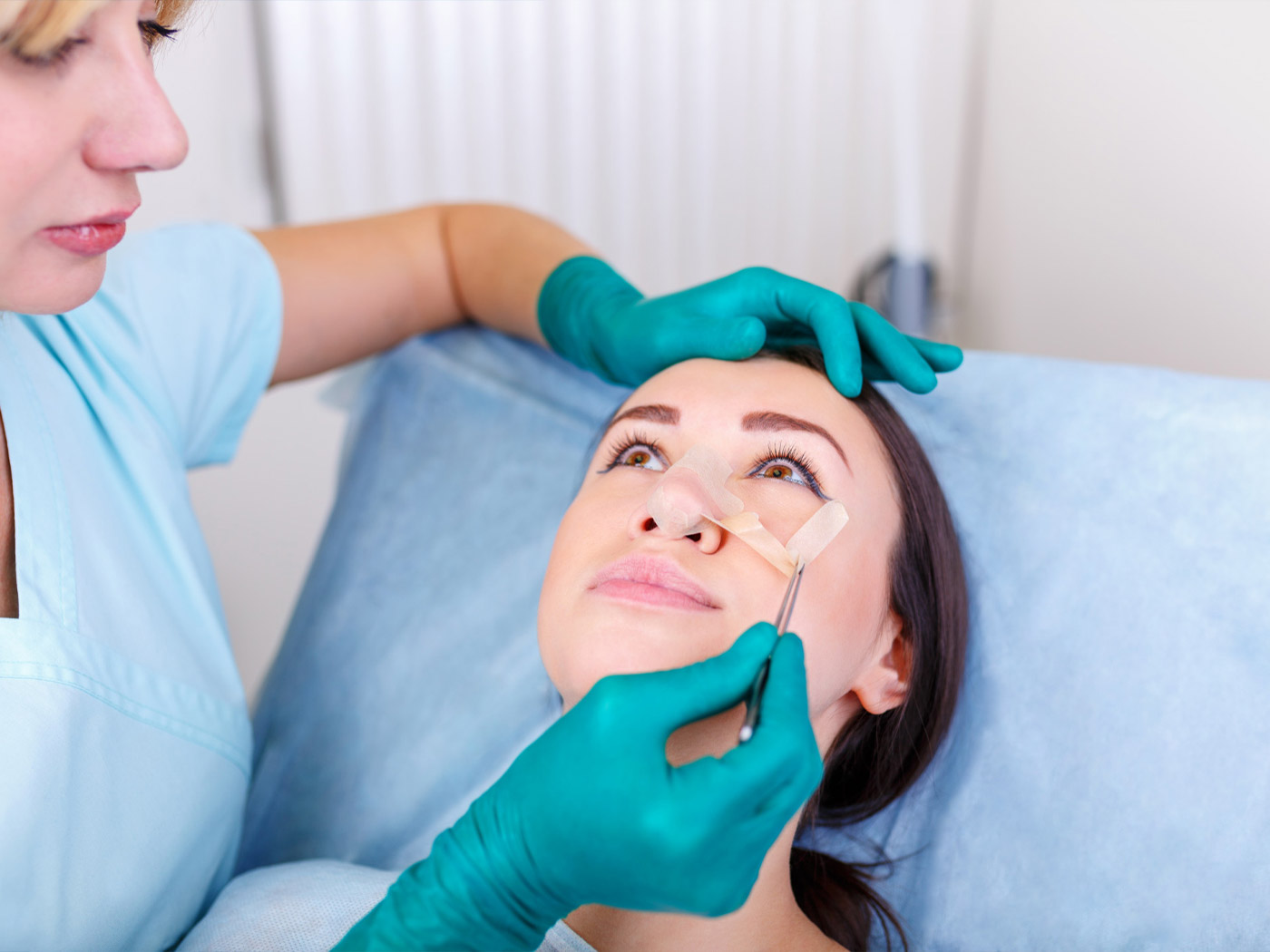

17.12.2024.
How does rhinoplasty affect breathing and nasal health?
How rhinoplasty affects breathing and nasal health? Belgrade. TOP PRICE✓ Nose surgery✓ Rhinoplasty✓ Nose correction✓ Septorhinoplasty✓ Aesthetic nose surgery✓
Rhinoplasty, popularly known as nose surgery, is an aesthetic procedure that is often associated with the desire to improve the appearance of the nose. However, apart from being able to transform the external appearance, rhinoplasty also has a significant impact on the functionality of the nose and breathing. Although the aesthetic result is most often the focus, many patients are unaware of how this procedure can change the quality of their breathing, which is a key factor for long-term nasal health.
How does rhinoplasty affect breathing and nasal health?
In recent decades, rhinoplasty has not only become popular for its cosmetic benefits but has also greatly improved the quality of life for many people, allowing them to breathe more freely. Although many choose this procedure for aesthetic reasons, many are unaware that rhinoplasty can have a profound impact on the health and functionality of the nose. To understand how this procedure affects breathing, it is important to consider not just the external, but also the internal structure of the nose and sinuses.
Why can rhinoplasty improve breathing?
The nose is a complex organ whose main task is to filter, warm, and humidify the air entering the lungs. In addition, the nose is crucial for proper airflow and normal breathing. When a person has trouble breathing through the nose due to structural abnormalities, such as a deviated septum, enlarged nasal turbinates, or other internal obstructions, rhinoplasty can be a solution that not only improves the appearance of the nose but also its functionality.
Combination of rhinoplasty and septoplasty: More than just an aesthetic procedure
Rhinoplasty is often used in combination with septoplasty, which is a procedure that corrects a deviated septum and helps eliminate obstructions that hinder normal breathing. This combination not only provides visual changes but also improves airflow, which is essential for many patients suffering from chronic breathing problems through the nose.
Adjusting the structure of the nose to improve breathing
In addition to a deviated septum, rhinoplasty can address other issues with the nasal passages that may cause obstruction, such as enlarged nasal turbinates or polyps. By adjusting the structure of the nose, the surgeon can facilitate breathing, reducing the risk of infections, sinus issues, and even headaches that result from poor airflow.
Health of the nose after surgery: How rhinoplasty affects recovery and breathing?
After surgery, most patients notice an improvement in the quality of their breathing. However, it is important to keep in mind that recovery may take several months, as the nose needs time to fully heal and stabilize. During this period, there may be gradual improvement in the functionality of the nose, which is often combined with the aesthetic results patients desire.
Can rhinoplasty help with allergies and sinus problems?
If a person already suffers from allergies or chronic sinus issues, rhinoplasty can help reduce symptoms, allowing for easier breathing. In many cases, patients who have undergone rhinoplasty report a reduction in symptoms such as nasal congestion, frequent colds, or difficulty breathing at night.
Rhinoplasty is not just a path to a better appearance, but also to easier, healthier breathing. If you dream of a nose that not only looks beautiful but also allows free airflow, your new life story can begin right now.
How to schedule an appointment for rhinoplasty?
If you would like to schedule an appointment for rhinoplasty, are interested in the cost of the nose surgery, or have additional questions for us, please contact us at +381 65 202 77 77 or visit the following pages: Nose Surgery, Nose Tip Surgery, and Full Nose Surgery.
Royal Plastic Surgery
Why choose us?
The best, most affordable and safest aesthetic clinic in Belgrade and Serbia.
